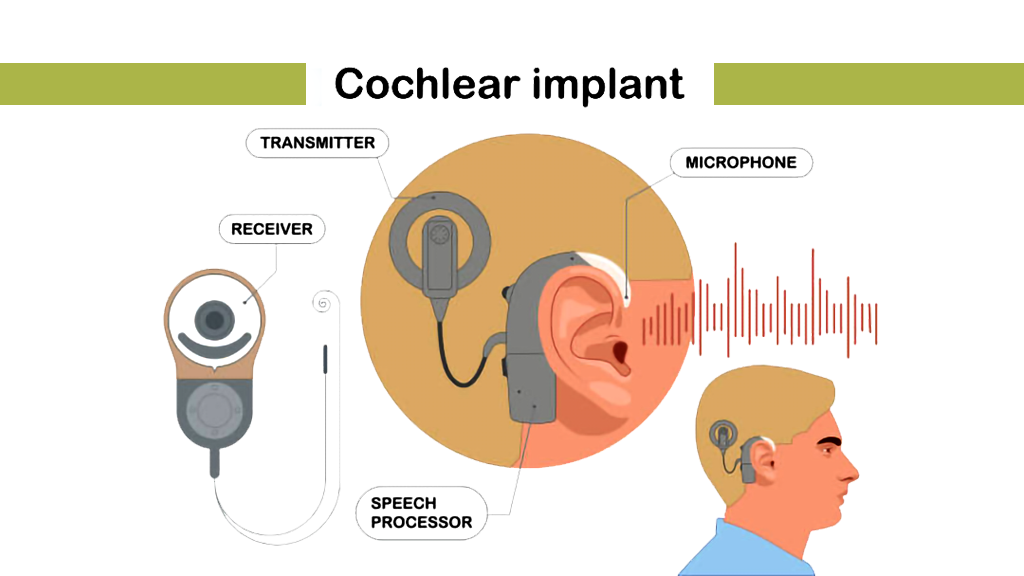
Are you a rehabilitation therapist finding it difficult to navigate the increasingly digital landscape? You may have come across the term, or even tried your hand at hybrid therapy, where in-person care blends seamlessly with digital tools, but transitioning into that sphere is more easily said than done.
Hybrid therapy has emerged as one of the most effective approaches in modern therapeutic practice. But this model, contrary to popular belief, is much more than just a mix of offline and online formats. It is a blend of heart, connection, and strategy, and requires an effective use of the Three Es—Engagement, Empathy, and Empowerment.
These principles are not abstract ideals; they are actionable pillars that can transform the therapeutic experience for children, adults, and families. Let’s explore each in depth, with practical examples, applications, and real benefits.
Engagement
In hybrid therapy, Engagement is not just about keeping someone’s attention for 30 minutes; it’s about making them want to be there. It is the foundation of any successful therapy process. Without it, progress slows, motivation fades, and sessions risk becoming a checklist rather than a meaningful journey. When clients—especially children—are actively engaged, they are more likely to:
- Participate willingly in activities
- Retain skills learned during sessions
- Transfer those skills into everyday life
Practical Strategies for Engagement
- Personalizing Activities
- Hybrid therapy allows for a high level of customization. For example:
- A speech therapist can send a digital storybook to read together in the online session, then have the child bring a physical property to the in-person session.
- Occupational therapy can integrate gamified exercises that match the client’s hobbies.
- Hybrid therapy allows for a high level of customization. For example:
- Multi-Sensory Tools
- The blend of physical materials and digital platforms offers a chance to engage multiple senses:
- Visual: Animated instructional videos
- Auditory: Voice prompts and sound effects
- Tactile: Hands-on exercises with real objects
- The blend of physical materials and digital platforms offers a chance to engage multiple senses:
- Interactive Technology
- Platforms with real-time feedback, such as virtual whiteboards or therapy-specific apps, can make the client feel like an active participant, not a passive observer.
Applications of Engagement
- Pediatric Speech Therapy: Combining digital vocabulary games with real-world role plays to reinforce skills.
- Physical Rehabilitation: Using movement tracking apps paired with physical exercises to motivate clients.
- Mental Health Counseling: Employing mood-tracking apps for client reflection between sessions.
Benefits of Engagement
- Increased attendance and reduced drop-outs
- Faster skill acquisition
- Higher satisfaction for both client and therapist
Empathy
If engagement is the spark, empathy is the fuel that keeps the therapeutic relationship burning. In hybrid therapy, where part of the interaction happens through a screen, empathy must be intentional and visible. It involves deeply understanding and validating a client’s feelings, which is essential for building trust and connection.
Practical Strategies for Empathy
- Active Listening
- In online sessions: Maintain steady eye contact through the camera; use verbal acknowledgements like “I hear you” or “That sounds challenging.”
- In in-person sessions: Mirror the client’s expressions subtly to show alignment; use pauses to give space for emotional processing.
- Cultural Sensitivity
- Hybrid therapy can serve clients across regions and cultures, so therapists must be equipped to:
- Respect different communication styles
- Adapt examples and exercises to be culturally relevant
- Hybrid therapy can serve clients across regions and cultures, so therapists must be equipped to:
- Emotional Check-ins
- Begin each session—online or in-person—with quick emotional scales or mood indicators such as:
- “What’s one thing that made you feel good today?”
- “Pick a colour that matches your mood.”
- Begin each session—online or in-person—with quick emotional scales or mood indicators such as:
- Ensuring Ease
- Ensure technical quality with good lighting, clear audio, and stable internet
- Build a connection by starting with an informal conversation
- Use clear non-verbal cues like nodding and smiling
Applications of Empathy
- Adolescent Therapy: Recognizing when a teen’s camera-off request stems from social anxiety, not disinterest.
- Family Counseling: Acknowledging parents’ stress in managing hybrid schedules.
- Neurodiverse Clients: Adapt tone and pacing to match individual sensory preferences.
Benefits of Empathy
- Builds deep trust, essential for therapeutic progress
- Reduces resistance and defensiveness
- Encourages clients to share openly, leading to targeted interventions.
Empowerment
Empowerment is about giving clients control over their therapeutic journey. In hybrid models, this is easier—if done right—because clients can practice skills both online and offline with guided support.
When clients feel empowered, they:
- Take ownership of their progress
- They are more consistent with home exercises
- Develop self-confidence extending beyond therapy
Practical Strategies for Empowerment
- Collaborative Goal Setting
- Set goals with clients, not just for them.
- Example: “Would you like to improve handwriting speed or letter clarity first?”
- Let children choose practice themes to increase motivation.
- Self-Monitoring Tools
- Digital platforms can provide:
- Progress trackers
- Achievement badges
- Journals to record daily experiences
- Digital platforms can provide:
- Gradual Transfer of Responsibility
- Begin with therapist-led activities
- Transition to shared responsibility in hybrid tasks
- Encourage independent practice with periodic feedback
Applications of Empowerment
- Adult Physical Therapy: Clients film themselves doing exercises and review videos with therapists.
- Speech Therapy for Kids: “Home practice kits” combining physical materials and app exercises.
- Group Counseling: Members lead mini-discussions on coping strategies.
Benefits of Empowerment
- Higher long-term success rates
- Reduced dependency on therapy sessions
- Stronger carry-over of skills into daily life
Integrating the Three Es
The Three Es—Engagement, Empathy, and Empowerment—work best when integrated rather than isolated. This holistic approach makes therapy interactive, supportive, and client-driven. This will also lead to:
- Stronger therapeutic alliance
- Increased therapy adherence
- Faster and more lasting outcomes
- Greater access for remote or busy clients
- More enjoyable and lasting therapy experiences for both clients and therapists
An effective way to integrate these three elements can be outlined as:
- Engage: Start with an activity the client chooses, combining both physical and digital elements.
- Empathize: Check in emotionally, validate feelings, and adjust plans accordingly.
- Empower: End with a self-directed task and clear guidance for practice between sessions.
So how can we adapt this theory into a real-world scenario?
Consider a child in occupational therapy. They might:
- Start online with a digital sequencing game (Engagement)
- Express frustration about handwriting—the therapist acknowledges and normalizes the challenge (Empathy)
- Receive a personalized handwriting challenge to complete at home and record for review (Empowerment)
Applications Across Therapy Fields
- Speech Therapy: Interactive games, parent coaching, digital progress tracking
- Occupational Therapy: Virtual fine-motor training, simulated tasks, remote equipment guidance
- Mental Health Counseling: Digital mood journals, online companion support, guided mindfulness videos
- Physical Rehabilitation: Video exercise routines, wearable feedback, virtual home safety assessments
- Autism & Developmental Therapy: Virtual social skills groups, visual supports, family empowerment
- Behavioral Therapy: Real-time behavior tracking, empathetic check-ins, self-monitoring tools
- Cognitive Rehabilitation: Interactive brain exercises, paced sessions, home drills
- Pediatric Therapy: Play-based online sessions, parent coaching, child comfort focus
In a Nutshell
Hybrid therapy offers more than just convenience—it creates flexible, personalized, and impactful care tailored to each client’s needs. At XceptionalLEARNING, we believe the Three Es—Engagement, Empathy, and Empowerment—are the heart of this transformative approach. Using innovative tools like our Digital Activity Book and specialized therapy services, therapists combine interactive methods with genuine understanding and independence-building strategies to help clients truly progress—not just attend sessions.
If you’re seeking hybrid therapy services or want to connect with licensed therapists online, we provide a seamless experience that supports growth and progress. To learn more or get started, contact us today and discover how our platform can empower your therapy journey with expert guidance and cutting-edge resources.


